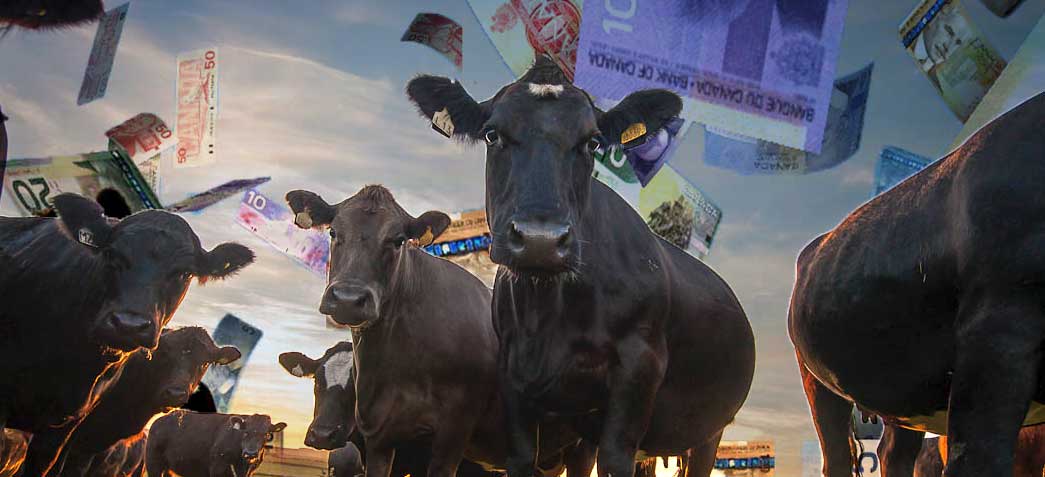FCC Chief Economist: Agriculture Can Handle this Interest Rate Hike

After record farm income in 2016, agriculture is well positioned to handle the modest interest rate hike announced Wednesday… and even the one after that, expected this fall
by Owen Roberts – Farm Credit Canada
Wednesday’s quarter per cent hike, to 0.75 per cent, marks the first interest rate jump by the Bank of Canada in seven years. Chartered banks responded by increasing their prime rate to 2.95 per cent.
More jumps in the Bank of Canada rates are expected in October and perhaps in early 2018.
And while he considers the hikes significant, J.P. Gervais, chief agricultural economist with Farm Credit Canada, is optimistic about the farm sector’s ability to respond.
“Agriculture can adjust to Wednesday’s hike,” Gervais says. “Farmers are coming off a record year. There’s no need to panic.”
He suggests producers “take time to pause, and ask yourself if your operation is sitting where you want it to be, consider risk, and review your financial strategy.”
Gervais says that rather than focus on the initial hike, he’s more concerned about the slow and gradual increase in interest rates.
“There’s a whole generation of people who have never experienced rising interest rates”
“I think we can handle them, but it’s the next hike, and the one that may follow after that, that has me concerned,” Gervais says.
Indeed, despite repeated signs and warnings over the past month from the financial community, the hike startled many Canadians – farmers and non-farmers alike – including those who experienced 20 per cent–plus interest rates in the early 1980s, and young people unfamiliar with any degree of higher interest.
“There’s a whole generation of people who have never experienced rising interest rates,” Gervais says. “Rates have been going down, and have been low for many years. So to them, this is something new that leaves them wondering.”
A rate hike was inevitable. The continually improving economy meant Canada would ultimately raise interest rates to spark further investment here and strengthen the Canadian dollar, which has languished in the shadow of the American dollar.
The low dollar has been good for exports. But it’s made buying the likes of U.S. farm machinery more expensive.
Following Wednesday’s announcement, Gervais recommended producers with variable rate loans consider their options. It may be time to move to a fixed rate, he says, “to take some risk off the table if deemed too high for the operation.”
But he urges established producers to proceed with carefully planned expansions or other investments.
“Asset values will not change because of an increase in interest rates,” Gervais says. “Farm income trends are doing well. Producers have strong balance sheets. Commodities are good. Canadian agriculture will be fine.”












